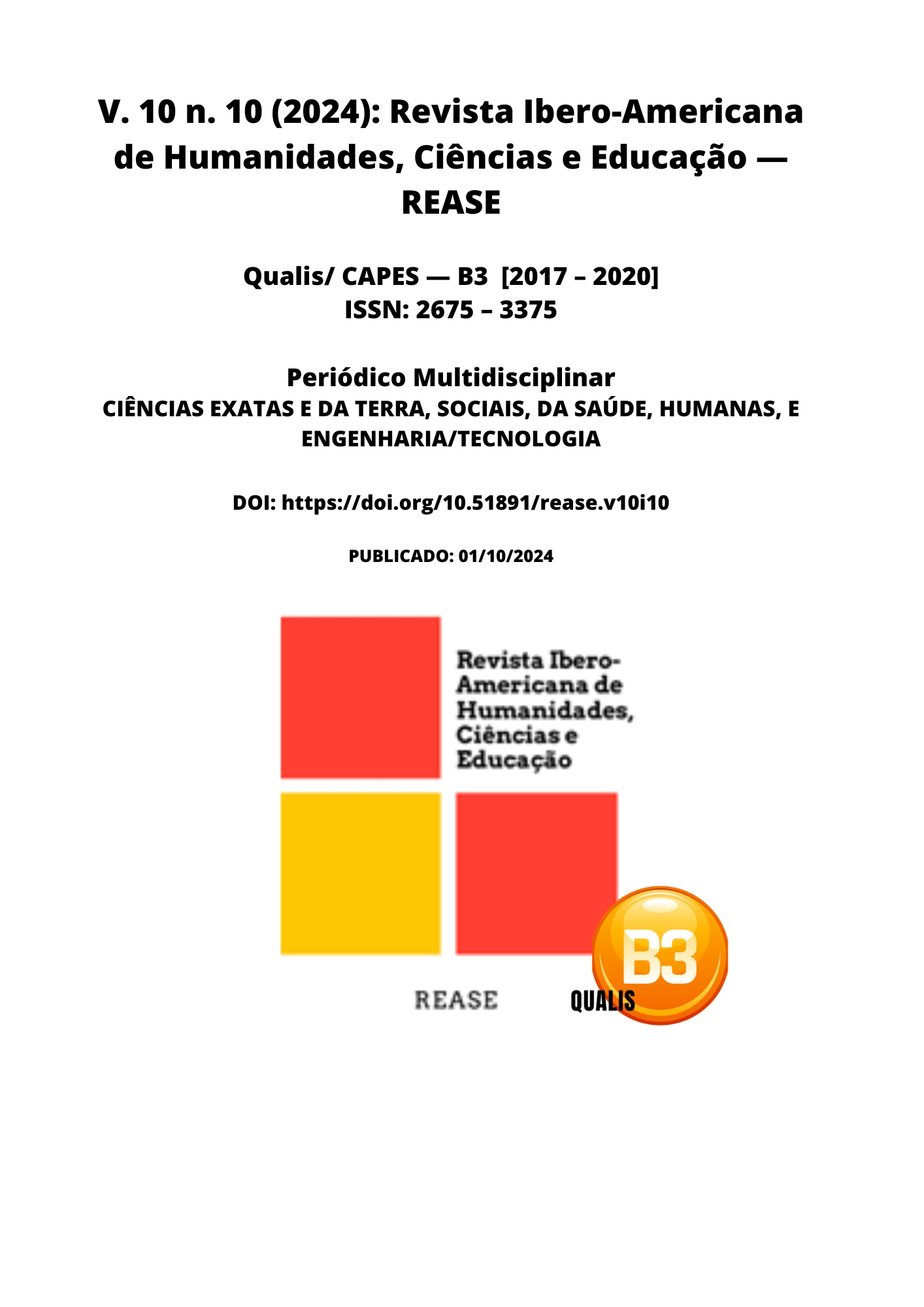EFEITOS DA CINESIOTERAPIA ASSOCIADA À REALIDADE VIRTUAL EM PACIENTES COM DOENÇA DE PARKINSON
DOI:
https://doi.org/10.51891/rease.v10i10.16025Palabras clave:
Realidade virtual. Realidade aumentada. Parkinson. Reabilitação.Resumen
A doença de Parkinson (DP) é um distúrbio neurodegenerativo progressivo que afeta principalmente o controle motor, resultando em tremores, dificuldades na marcha e equilíbrio. A realidade virtual (RV) e a realidade aumentada (RA) são tecnologias distintas que oferecem experiências imersivas de maneira diferente. O objetivo deste artigo é investigar os efeitos da cinesioterapia associados à realidade virtual (RV) na reabilitação de pacientes com doença de Parkinson (DP), focando em aspectos como controle motor, equilíbrio, marcha e função cognitiva. Os resultados indicam que essa combinação terapêutica promove melhorias significativas em comparação à cinesioterapia tradicional, evidenciando o potencial da RV como uma ferramenta eficaz na reabilitação neuromotora. Apesar dos benefícios relatados, o estudo também aponta limitações, como questões de acessibilidade e a necessidade de mais pesquisas de longo prazo. Concluindo, a integração da cinesioterapia com a RV pode transformar a abordagem terapêutica para pacientes com DP, melhorando sua qualidade de vida.
Descargas
Descargas
Publicado
Cómo citar
Número
Sección
Categorías
Licencia
Atribuição CC BY

